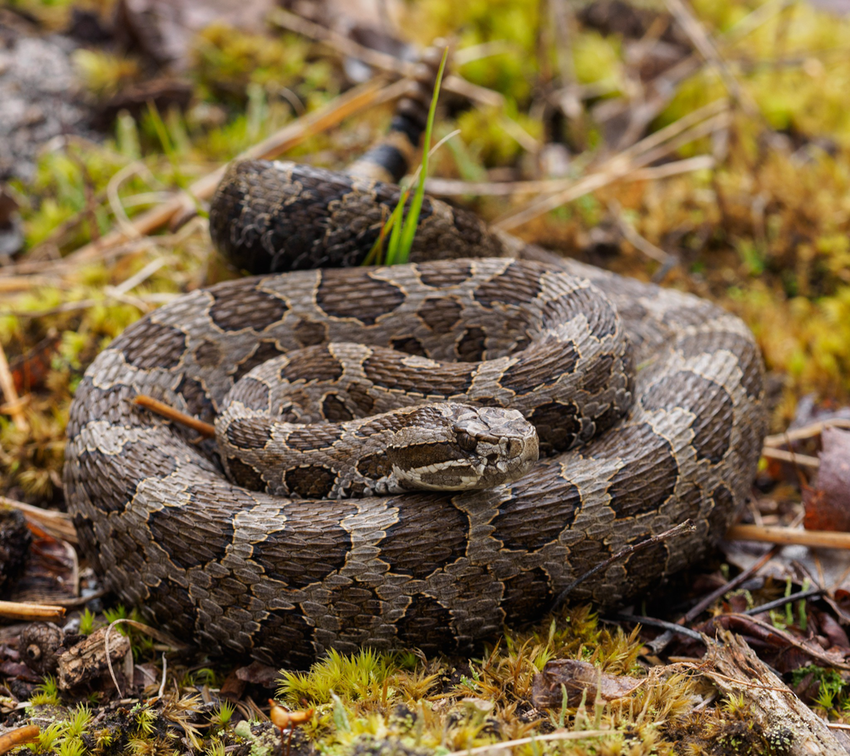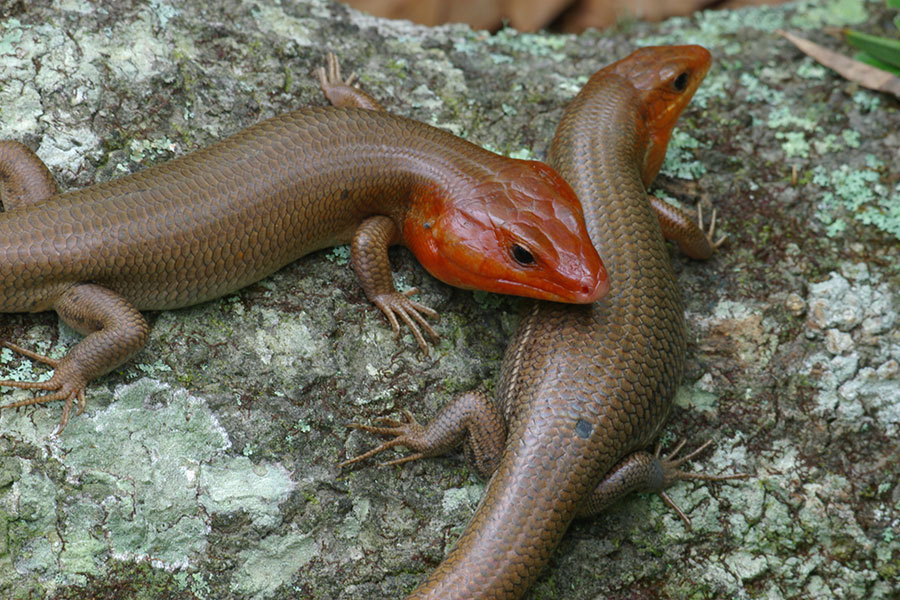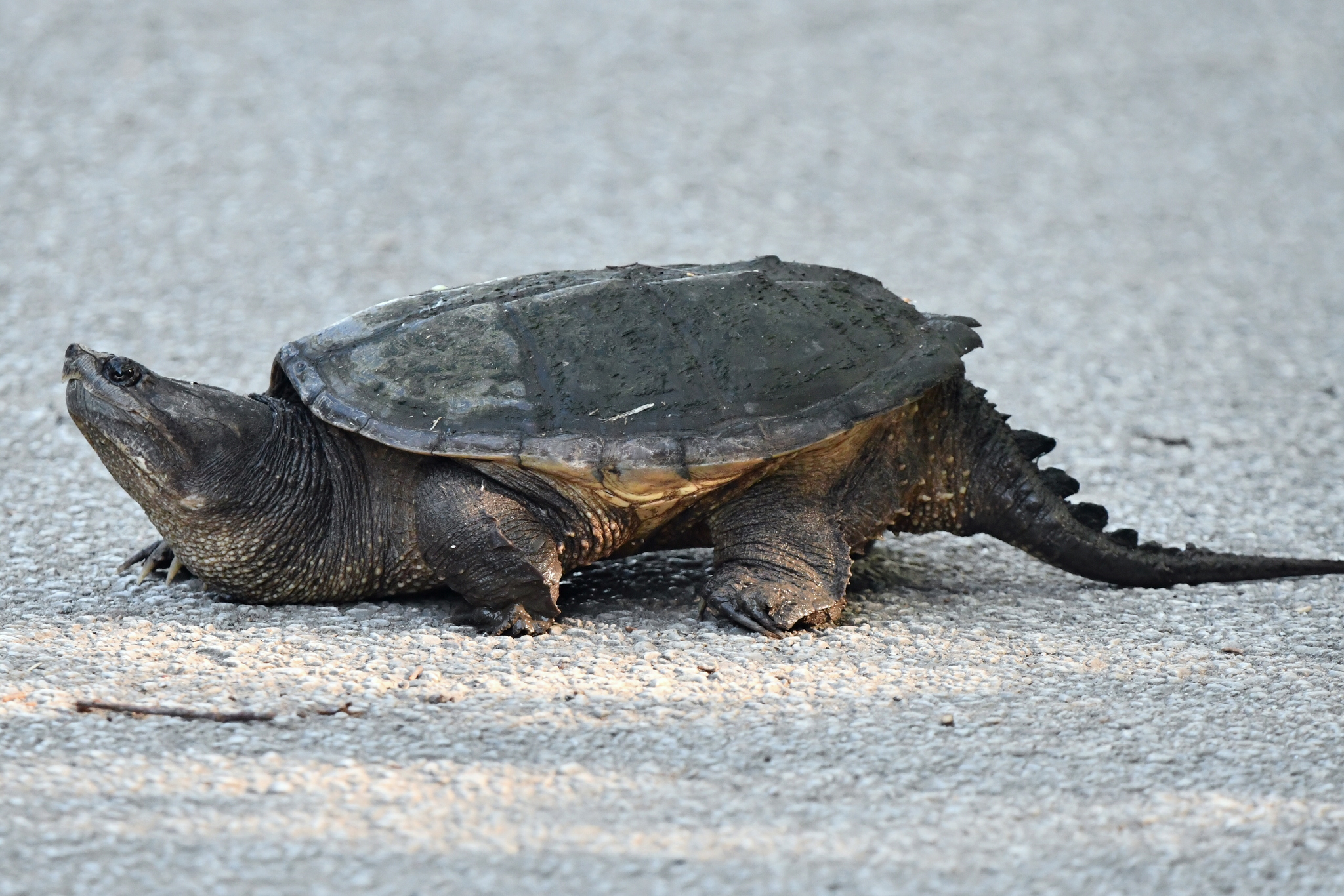Reptiles in Indiana
Eastern Massasauga Rattlesnake

Scientific Name: Sistrurus catenatus
Habitat: Woodlands, swamplands, and marshy grasslands
About/Interesting Fact: Eastern massasauga rattlesnakes are categorized as endangered species in Indiana, they are relatively docile and sluggish, unlikely as a rattlesnake species. They come with gray or light brown colors with chocolate brown blotches spread over their backs.
Potential Danger: Even though this species is shy and prefer to avoid humans, at the end of the day, they are still venomous snakes with lethal venoms in their fangs. Therefore, avoid disturbing them or make a direct contact with bare hands and observe them from a distance.
Broad Headed Skink

Scientific Name: Plestiodon laticeps
Habitat: Wooded areas with hollow trees or rotting logs
About/Interesting Fact: Broad headed skinks are the largest skink species in Indiana and the most arboreal as well. One distinguishable feature of this species is, the mature males develop an orange heads increased in size during their breeding season in spring.
Common Snapping Turtle

Scientific Name: Chelydra serpentina
Habitat: Lakes, swamps, ponds, and streams
About/Interesting Fact: They are omnivorous aquatic turtles that are widespread in Indiana with the distinctive lifespan of over 75 years.
Potential Danger: Even though they are docile in water, they get combative on land due to not being able to retract completely into their shells. With their strong jaws, they can give you painful bites so make sure to not disrupt them and keep a safe distance.